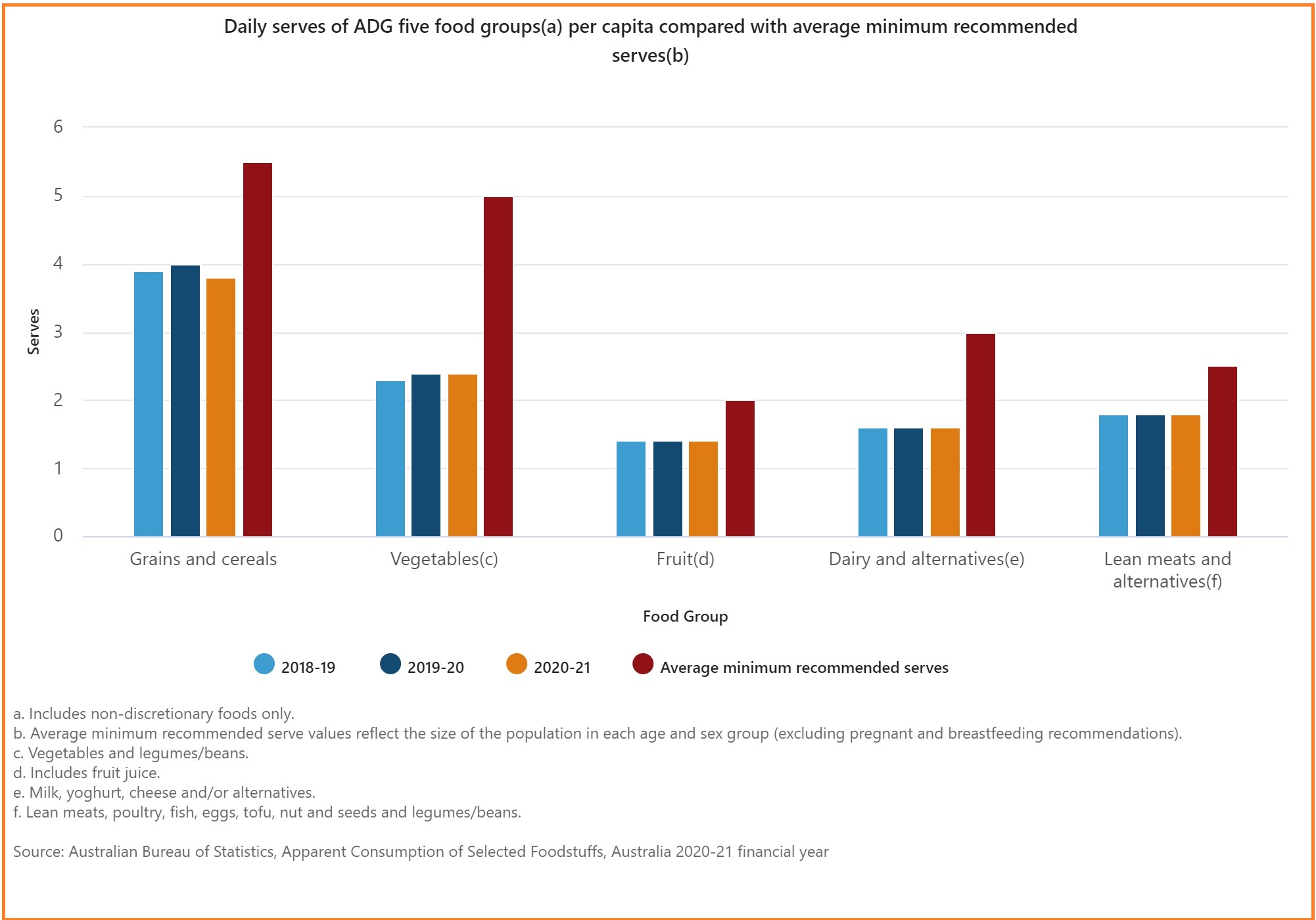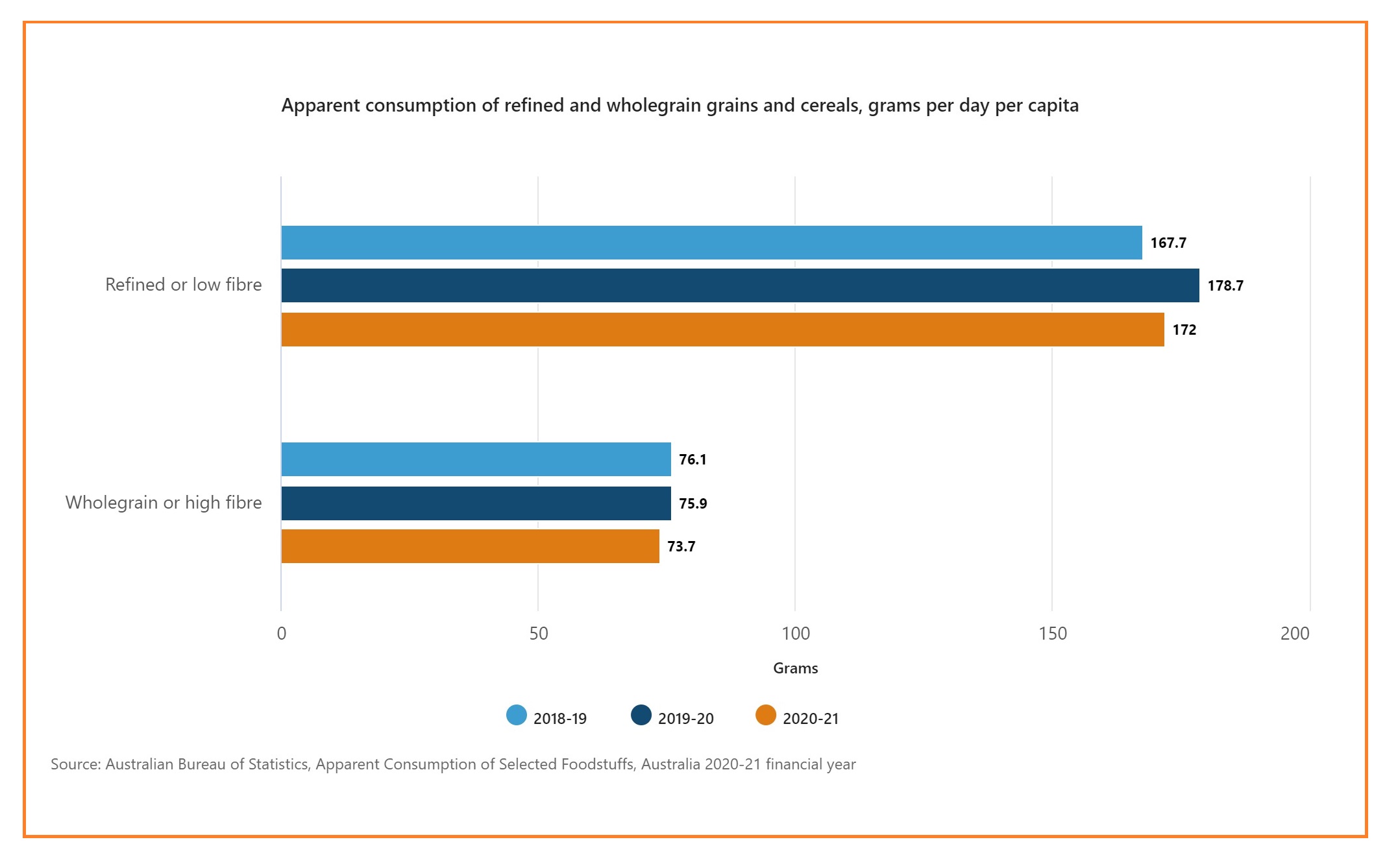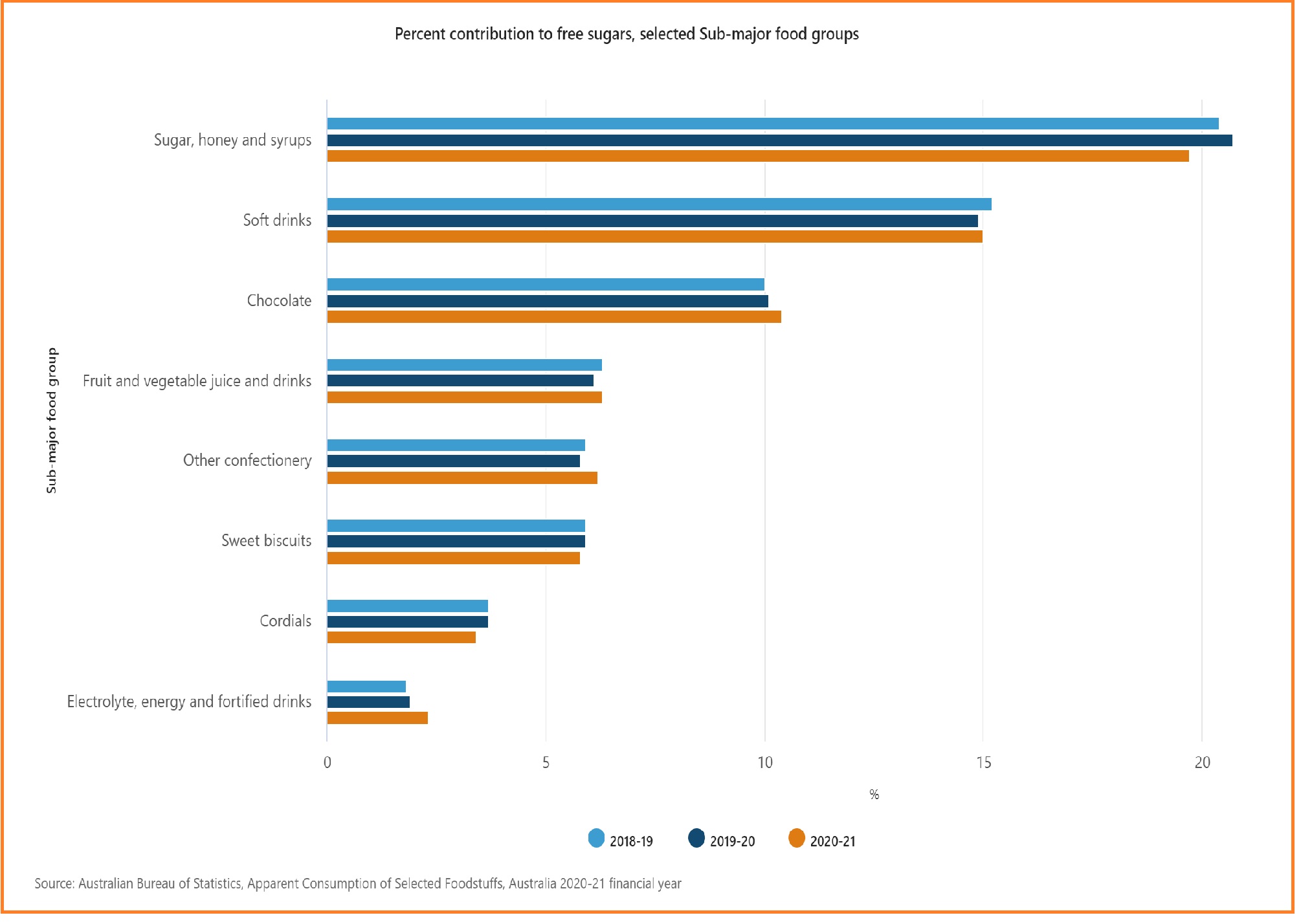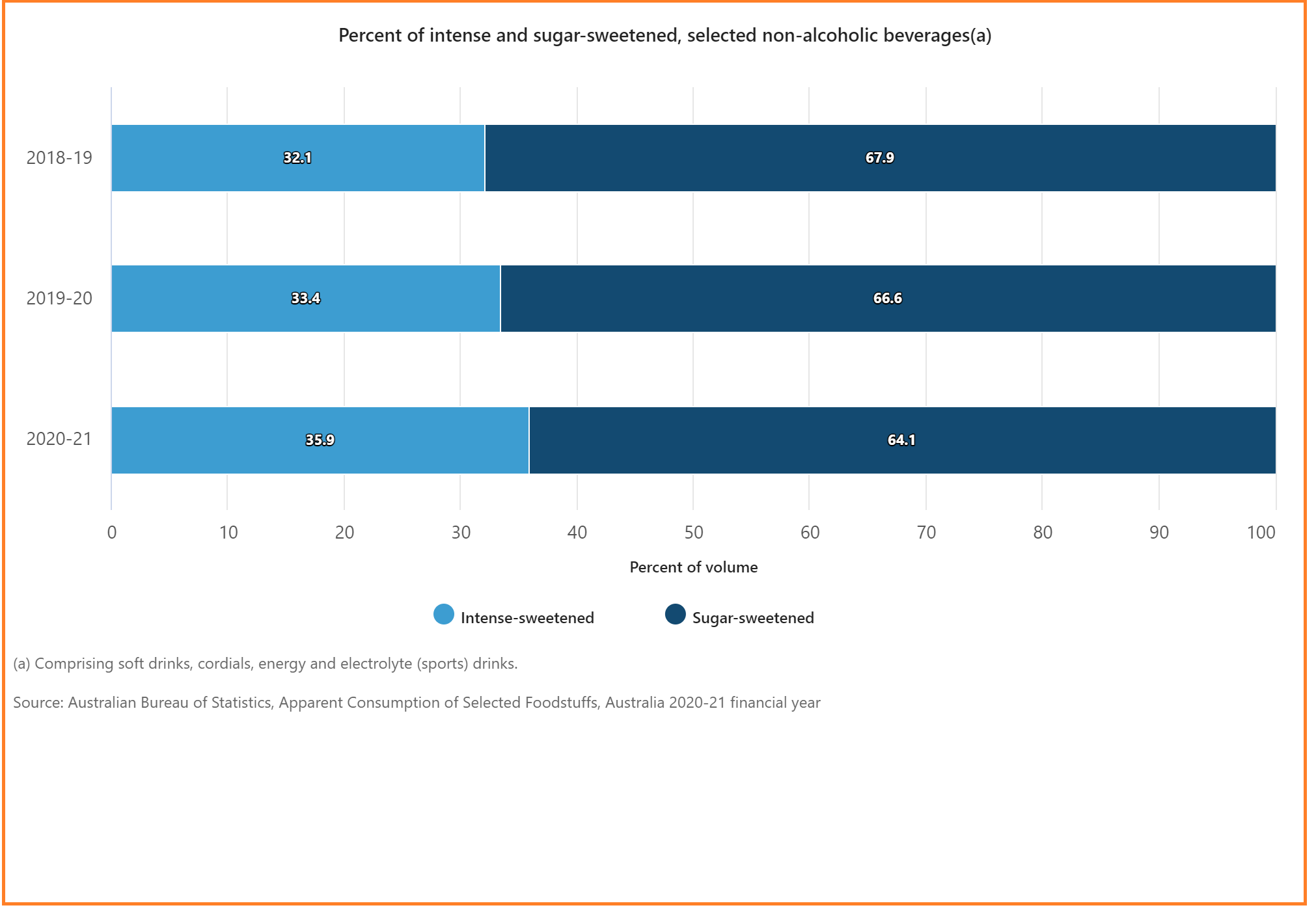Use of Apps for Ordering Food
The development of technology has impacted how people purchase fast food (IbisWorld, 2022). Mobile phone applications, referred to as apps, enable users to order and pay for their food and track the delivery to their home address. In 2009, Dominos was the first fast-food chain to use apps for meal deliveries. A recent study revealed that COVID19 lockdowns accelerated the growth of meal delivery services and they have continued to increase (Nestle Professional, 2021).
Watch this video about ordering food using apps:
Key Knowledge 3.2.1
The patterns of eating in Australia, including recent developments, changes and trends in food purchasing and consumption behaviours.
Key Skill 3.2.1
Discuss recent changes and current trends in food behaviours.
Key Skill 3.2.5
Discuss links between food, behaviours and effects on health and wellbeing
VCE Food Studies Study Design p. 22 and 23., Please note: Extracts from the VCE Food Studies Study Design (2023-2027) reproduced by permission; © VCAA. VCE is a registered trademark of the VCAA. The VCAA does not endorse or make any warranties regarding this study resource. Current VCE Study Designs and related content can be accessed directly at www.vcaa.vic.edu.au. Readers are also advised to check for updates and amendments to VCE Study Designs on the VCAA website and via the VCAA Bulletin and the VCAA Notices to Schools.
Terms and Definitions
Consumption of the Five Food Groups
The number of foods from the five food groups that Australians consume has not changed much over the last few years. The Australian Bureau of Statistics has reported little change in Australians’ consumption of the five food groups during the previous 4 years. This indicates that Australians ignore or find it challenging to understand and follow the Australian Dietary Guidelines and the Australian Guide to Healthy Eating.
The graph on the right indicates little change in the consumption of the five groups in Australia from 2018 to 2021. In addition, these data also reveal that, on average, Australians are not consuming the recommended serves of food from each of the five food groups.
Source: Australian Bureau of Statistics (2020-2021) ‘Daily serves of ADG five food groups(a) per capita compared with average minimum recommended serves(b)’ Apparent consumption of Selected Foodstuffs, Australia, 11 September 2022.

Refined or Low-fibre Cereal Products
Additional data revealed that Australians are decreasing the amount of refined or low fibre cereal products and wholegrain cereal products they consume, with an overall drop in 2020–2021 compared with 2019–2020. This decrease in carbohydrates consumed could be attributed to the range of low carbohydrate fad diets promoted in the media.
The graph on the right indicates little change in the apparent consumption of refined and wholegrains and cereals in Australia from 2020 to 2021. In addition, these data also reveal that, on average, Australians are consuming less refined or low fibre food products, but more wholegrain or high fibre food products.
Source: Australian Bureau of Statistics (2020-2021) ‘Apparent Consumption of Refined and Wholegrain Grains and Cereals, grams per day per capita’ Apparent consumption of Selected Foodstuffs, Australia, 11 September 2022.

Foods containing Sugar
Australians, on average, consume about half a kilo of sugar each week – an amount that would surprise most people because much of it is invisible. Large amounts of sugar are smuggled into our diets through sweetened products such as cakes, pies, lollies and sugary drinks (Health and Wellbeing Queensland, 2022).
The graph on the right indicates that while our consumption of some foods containing sugar is declining, the consumption of other foods such as chocolate, confectionery, and soft drinks has increased. The amount of people consuming electrolyte energy and fortified beverages has increased significantly. This is a concern as electrolyte drinks are designed to replenish glucose, fluids, and electrolytes during strenuous activity. It is unlikely that those consuming these drinks are undertaking this type of exercise. The added sugar results in a significant amount of the kilojoules consumed, which may contribute to weight gain.
Source: Australian Bureau of Statistics (2020-2021) ‘Percent Contribution to Free Sugars, selected Sub-major food groups’, Apparent consumption of Selected Foodstuffs, Australia, 11 September 2022.

Intensely Sweetened (Diet) Beverages Consumption
It also appears that people’s consumption of intensely sweetened (including ‘diet,’ ‘no sugar,’ and ‘low joule’) beverages has increased. In contrast, the consumption of sugar-sweetened drinks has decreased.
Intensely sweetened beverages contain food additives added to drink or food to replace the sweet taste of sugar and lower its energy value. They are often promoted as diet, reduced-sugar, or low in sugar products. Some intensely sweetened beverages contain artificial sweeteners, including aspartame, saccharin, and sucralose. Others contain a highly concentrated extract found naturally in some plants, including stevia and monk fruit extract. Evidence of the health impact of these intensely sweetened beverages is limited.
The increase in diet drinks consumption can be attributed to more people trying to lose weight. Consumption tends to be high in young people, and women are more likely to consume them than men (Hoare, et al., 2017).
Source: Australian Bureau of Statistics (2020-2021) ‘Percent of intense and sugar-sweetened, selected non-alcoholic beverages(a), Apparent consumption of Selected Foodstuffs, Australia, 11 September 2022.

Online Grocery Shopping
Studies have indicated that the number of people shopping for their groceries online has increased dramatically over the last few years. Online grocery shopping became the ‘new’ norm for many Australians in 2020 due to the shopping restrictions they faced during the COVID19 lockdowns and people’s desire to stay at home. However, the demand for online shopping has continued beyond COVID lockdowns. Recent reports indicate that around 45% of people have reported shopping for online groceries more now than before the pandemic (Redman, 2021).
Watch this video about online grocery shopping:

Watch this video about the increasing popularity of meal kit delivery services:
Learning Activities
Click the links below to download the learning activities.








